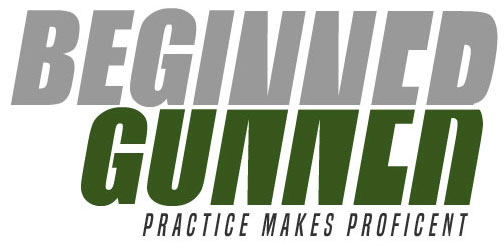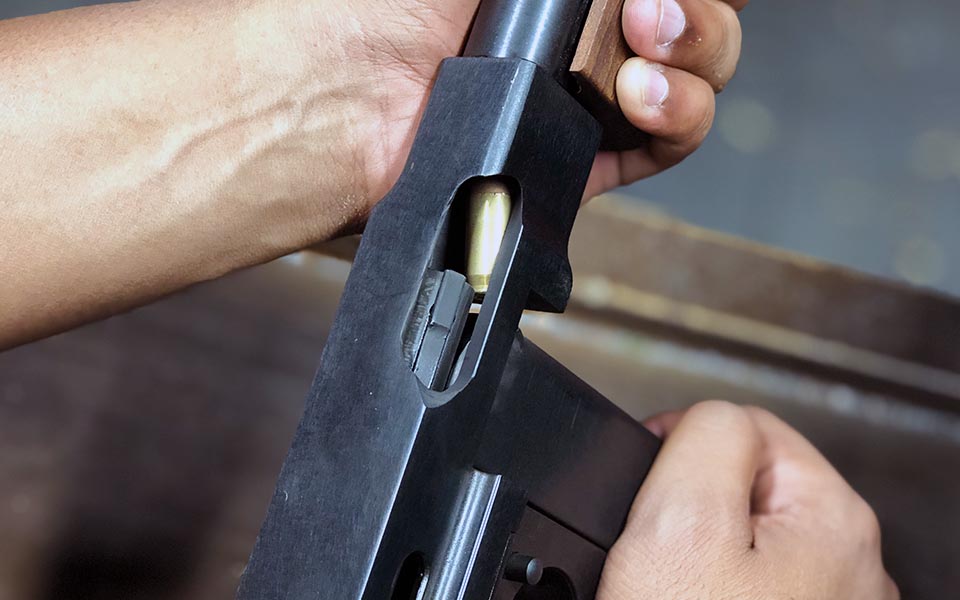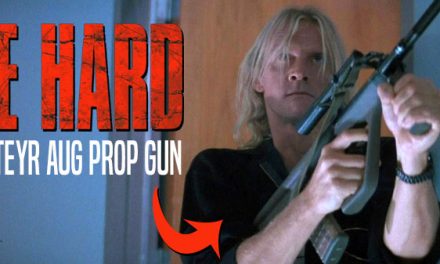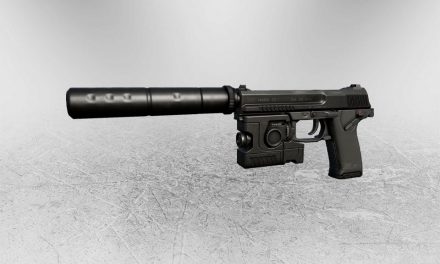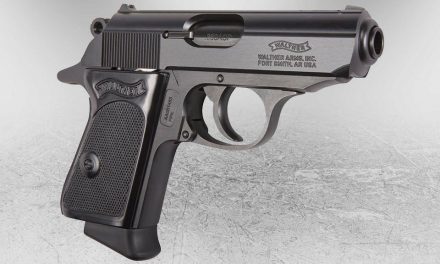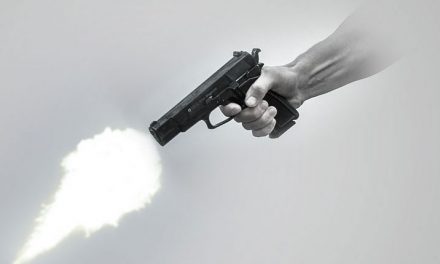If you are new to guns, you might wonder why guns jam from time to time. There are a number of reasons why guns jam. Gun jams are also called gun malfunctions. Granted, with today’s technology, guns have been made to be as efficient as possible. With years of firearm advancement, the possibilities of jamming are pretty slim. Even with superior design and engineering, there are still certain aspects that can lead to a gun jam.
There are many moving parts when shooting guns. Every type of firearm fires differently from each other so the methods of firearm failure could be different for each different jam occasion.
Lets go over the ways in which guns can jam
Table of Contents
1. Failure to fire
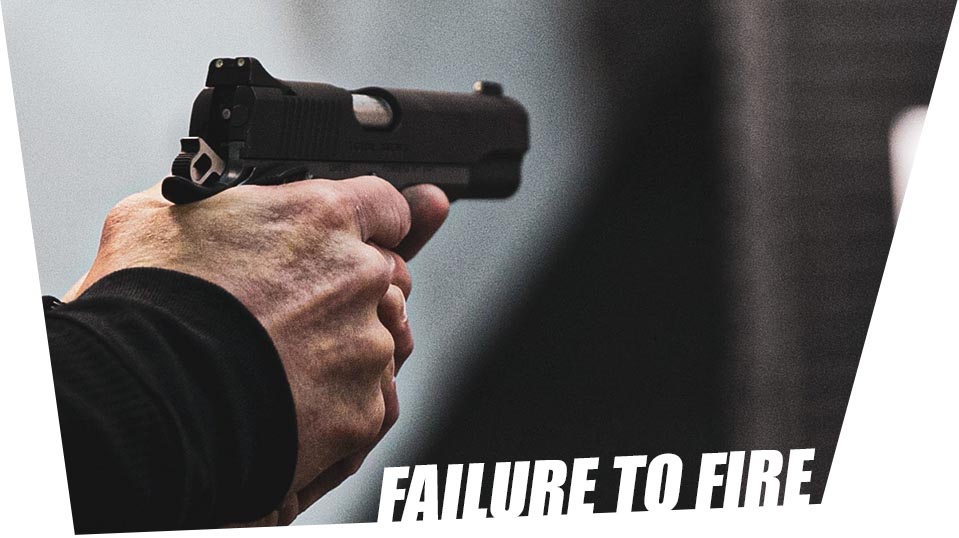
If you pull the trigger and nothing happens, this is called Failure to Fire. This gun jam usually happens if the gun’s firing pin is failing to strike the round in the chamber correctly.
Cause
There is something stopping the pin from functioning properly. It is usually dirty and gunk situated near the firing pin which is probably stopping the pin from moving forward to fire the back of the round.
Solution
Clean your gun. Take your firearm apart and clean especially near the firing pin. Feel free to use a quality gun cleaning kit to accomplish this.
2. Failure to Extract
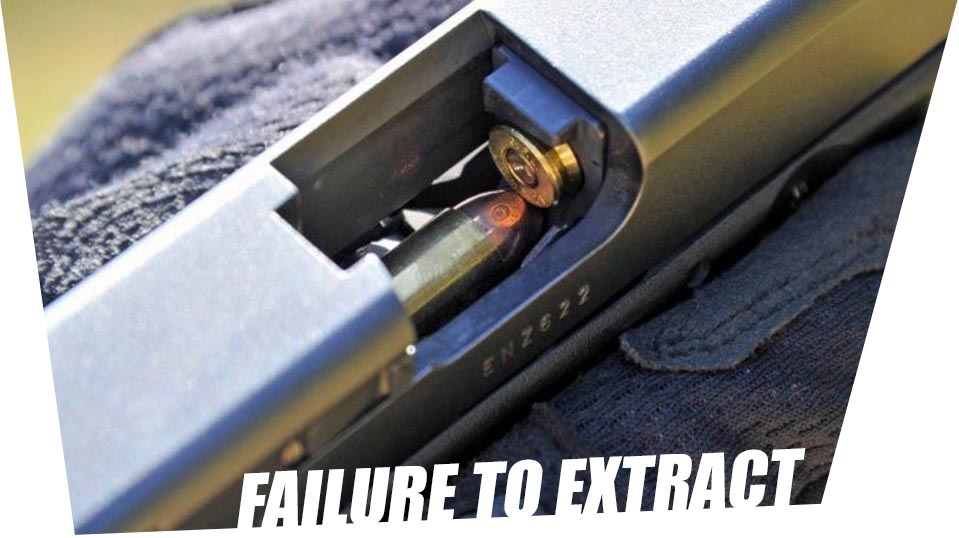
If you fire a shot and the bullet casing is still left in the chamber, this a Failure to Extract. This type of gun jam is different from a failure to eject as with a failure to eject, the bullet casing hasn’t moved from the gun chamber at all.
Cause
A failure to extract usually means that the extractor in gun is dirty or faulty. It could also mean your ammo could be bad. The gun chamber could also be too dirty and is preventing the extractor to successfully extract the casing.
Solution
Check your extractor for faultiness. Take apart your firearm, clean it, and reassemble it. Hopefully this will solve your problem. If not, check on where you can get a new extractor for your firearm.
3. Failure to Eject
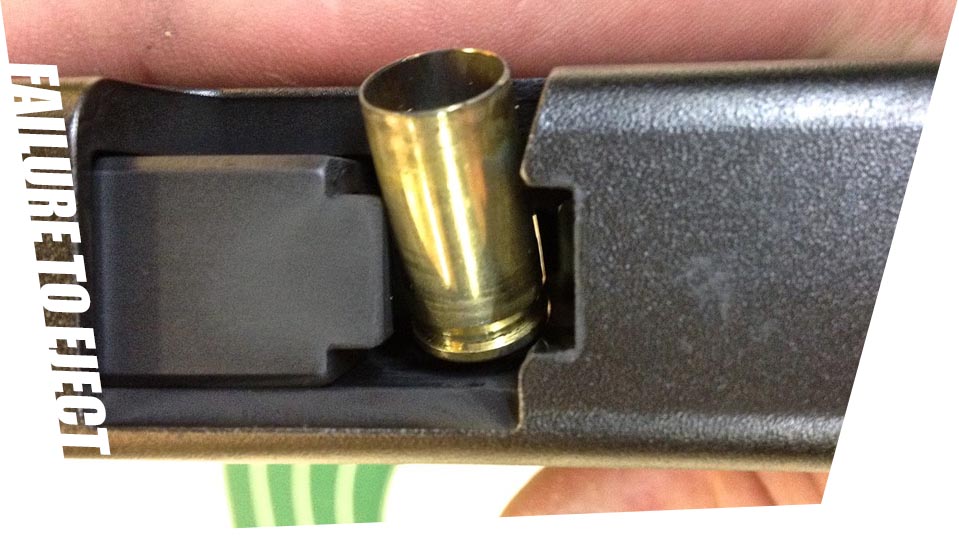
This probably the most common form of gun jam. A failure to eject occurs when the gun attempts to eject the casing and it might get stuck exiting the firearm.
One of the most common types ejection failures is the called a stovepipe. This happens when the casing attempts to fly out of a closed bolt gun, like a semiautomatic pistol, and the slide catches the casing before it exits the chamber fully.
Cause
Sometimes a failure to eject happens when the slide of a semiautomatic handgun doesn’t cycle fully. What this means is that the blowback from the shot didn’t send the slide back far enough to cycle correctly.
Solution
Make sure you have a firm hold on your pistol when firing so your shots cycle correctly. Things could also be dirty to prevent the cycle from completing so make sure your firearm is clean from debris.
4. Failure to Feed
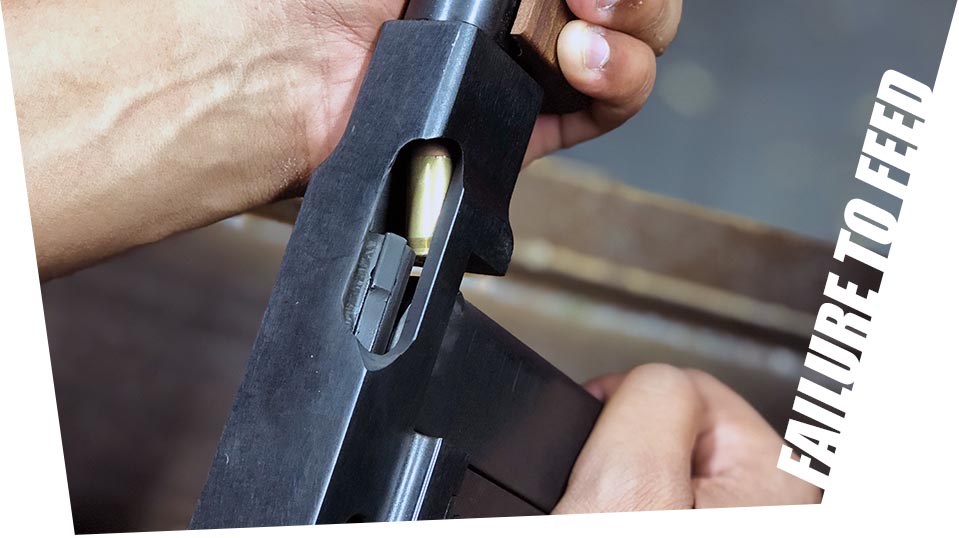
A failure to feed is generally a gun jam that has a problem with the magazine feeding the gun of ammo properly. If the magazine loaded in any type of automatic weapon is not seated within the well of the firearm, it can have occasional problems to feed a bullet into the receiver correctly.
Cause
Worn down magazines including the lips where the ammo pops up out of the magazine to feed is one of those areas of concern. Another problem area lies with the magazine spring. If the springs get too much use or lack of use, then tend not to work well.
Solution
Make sure your magazines are well maintained. Also, the quality of your magazines matter. Make sure the company you purchase from is a top notch manufacturer so your magazines last longer. Here’s a tip: keep your magazines loaded to ensure a tight spring.
5. Mechanical failures
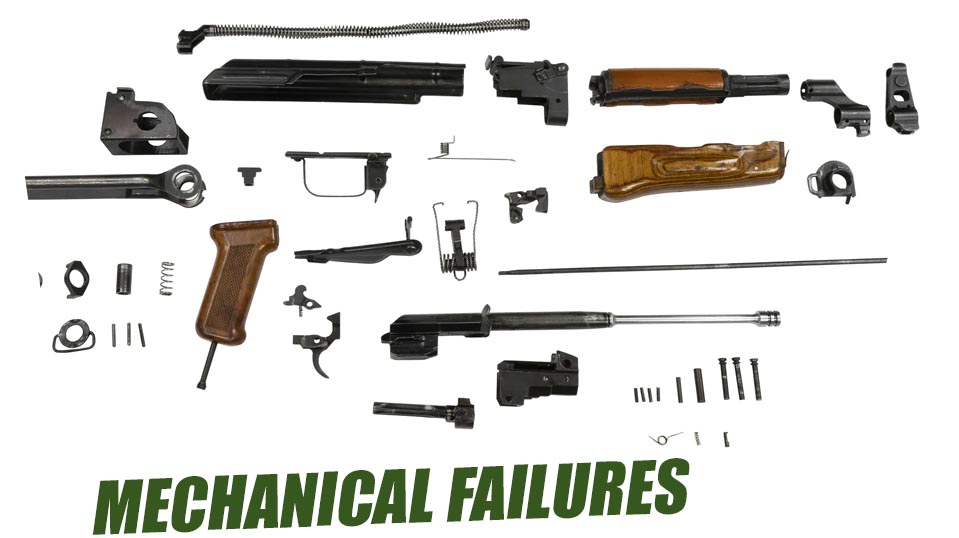
Sometimes defective parts can be a cause of frequent jamming. Worn down parts of firearms that have had frequent use over many years. This is especially common in wartime service weapons.
Cause
These types of guns have not just been used in various combat situations but also have been through various weather elements which also contribute to the degradation of firearms.
Solution
Keep up standard maintenance on your firearms. Repair and replace defective parts over time. Especially if your gun is an older firearm, you are going to want to check it’s parts pretty frequently.
Overview
These are the most common reason on why guns jam. There are a number of other additional reasons why firearms can jam also. Many times these are due to the the specific gun type. Every firearm is different and every different gun can have specific reasons why they malfunction. If you are interested in specific issues with a certain gun, do some research on that gun to get more information
Gun jamming rarely occurs with today’s modern firearms. The majority of gun jams happen because of the gun being dirty. Clean your gun from time to time and you should avoid just about all forms of jamming.
If you need to learn how to how to shoot certain guns, feel free to check our Beginner Basics section.
The only way you’ll get gun jamming is by using your gun through practicing. Remember, Practice Makes Proficient.
